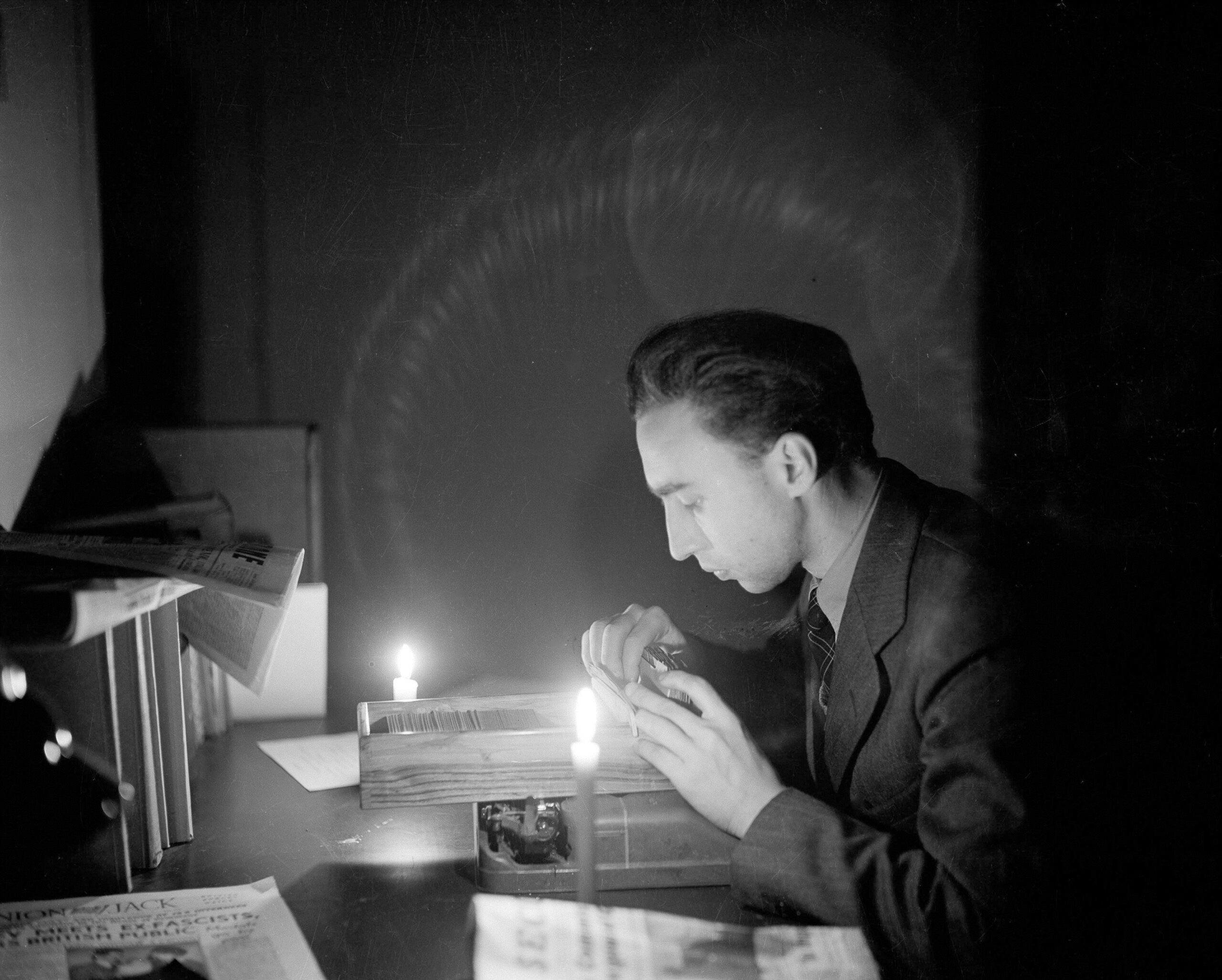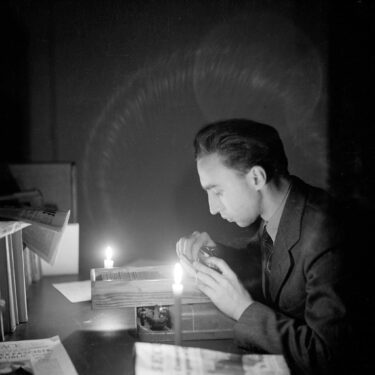NEW YORK (AP) — George E. Bria, the Associated Press newsman who flashed word of the German surrender in Italy at World War II's end and went on to become chief U.N. correspondent, a key news editor and a widely published gardening columnist, died Saturday. He was 101.

“George Bria was a multitalented journalist of many interests, a dedicated professional of the old school who exemplified the best of the AP during a long, distinguished career,” said AP Executive Editor Sally Buzbee.
Reared in Waterbury, Connecticut, by Italian immigrant parents, Bria set his sights on becoming a foreign correspondent after earning degrees from Amherst and Middlebury colleges. He learned the reporter’s trade in four years at the Waterbury Democrat and Hartford Courant newspapers.
He was hired by AP’s Boston bureau in November 1942, and had barely arrived on the job when he was awakened one midnight to help cover the Cocoanut Grove nightclub fire, which took 492 lives.
In May 1944, the news agency sent the Italian- and French-speaking Bria to the European war zone. He landed in his native Rome one week behind the conquering Allied armies, and during the coming months wrote daily dispatches on Allied advances up the Italian peninsula.
In late April 1945, he flew to Milan to report on one of the war’s climactic episodes — Mussolini’s summary execution — writing a firsthand account of being ushered into a makeshift morgue to view the naked body of the toppled Italian dictator.
Back in Rome on May 2, he reported to the world that the German armies in northern Italy and part of Austria had surrendered. Five days later, the remaining Nazi forces in Europe capitulated.
Bria later joined the AP’s postwar staff in Germany, helping cover the Nuremberg trials of Nazi generals and the Berlin airlift of 1948-49, flying to the Soviet-blockaded city aboard U.S. supply planes. “The huge armada filled Berlin’s skies with an endless roar,” he wrote.
After stints back in Rome and as an AP New York broadcast writer, Bria rejoined the foreign desk in 1961, eventually moving into the pressure-filled job of day supervisory editor, an arbiter of news going to America’s morning newspapers and evening broadcasters, at a time of war and upheaval in Vietnam, the Middle East and elsewhere.
His junior rewrite editors — future foreign correspondents — drew on his experience, judgment and newswriting guidance.
“George was a great editor,” recalled Victor L. Simpson, who went on to become AP bureau chief in Rome. “He taught me to read my copy out loud. If it sounded good, you should go with it.”
He also was a master of brevity. “The D-Day landings could be reported in 400 words,” he would gently admonish subordinates.
In 1972-74, midway through two decades as editor, he served as chief correspondent at the United Nations in New York, covering the diplomatic repercussions of Arab-Israeli war and African turmoil.
Bria retired in 1981 to the 8-acre estate in suburban Westchester County, New York, where he had long lived with his first wife, Mary, and where two longtime avocations — gardening and tennis — became daily passions.
From asparagus to zucchini, his bumper vegetable crops and Mary’s flowers proved to be grist for 200 gardening columns written for the AP from 1989 to 2002, tersely elegant reflections on the gardener’s life, blending technical advice with plant lore and dollops of Bria erudition and humor.
On the tennis courts, he played almost daily well into his 90s and competed creditably in national over-85 tournaments.
Mary Bria died in 1998. In addition to his daughter, of Columbia, Maryland, George Bria is survived by his second wife, Arlette Philippous Brauer, son John Bria of Pound Ridge, New York, two grandchildren and five great-grandchildren.
In addition, as he once wrote in a column, “Why shouldn’t an obit mention, among the list of survivors, ‘He left his much-loved vegetable garden’?”
___
Material in this story was written by former AP special correspondent Charles J. Hanley.




